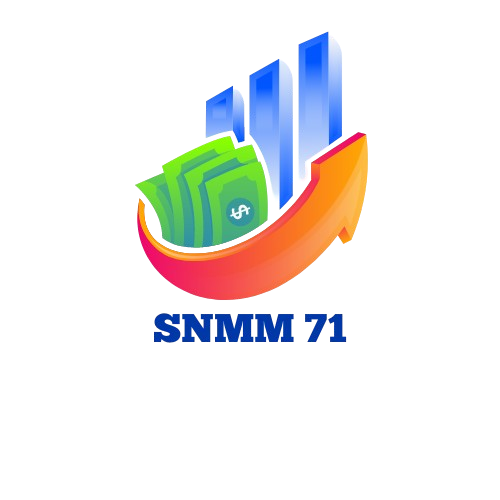Unleashing Innovation: Advanced Strategies in Product Development
Embracing Emerging Technologies
Internet of Things (IoT) Integration
As we advance into the era of connectivity, harnessing the power of the Internet of Things (IoT) is paramount. Incorporate IoT into your products to enable seamless communication and data exchange. From smart homes to industrial applications, IoT integration enhances functionality and opens new dimensions of user interaction.
Artificial Intelligence (AI) and Machine Learning (ML)
Elevate your Product Growth with the cognitive capabilities of AI and ML. These technologies offer predictive analytics, automation, and the ability to glean actionable insights from vast datasets. Whether optimizing user experiences or predicting maintenance needs, AI and ML redefine the possibilities within product development.
Responsive Design Thinking: Anticipating User Needs
Co-Creation Workshops
Expand your design thinking beyond internal teams by involving end-users directly. Co-creation workshops bring users into the ideation process, fostering a deeper understanding of their needs and preferences. This collaborative approach ensures that the final product is not just a solution but a co-created experience.
Empathetic User Journey Mapping
User journey mapping goes beyond the transactional aspects of product use. It delves into the emotional landscape, identifying touchpoints where user experience can be enhanced. By empathetically mapping the user journey, you gain insights that guide design decisions, ensuring a holistic and emotionally resonant product experience.
Agile Manufacturing: 3D Printing and Beyond
3D Printing for Prototyping and Customization
The era of agile manufacturing is here, with 3D printing leading the way. Use 3D printing for rapid prototyping, allowing for quick iterations and cost-effective testing. Furthermore, leverage 3D printing for customized product components, offering users personalized solutions that align precisely with their needs.
Robotics in Production
Incorporate robotics into manufacturing processes for precision and efficiency. From assembly lines to quality control, robots can perform intricate tasks with speed and accuracy. Robotics not only enhances productivity but also contributes to a consistent and high-quality manufacturing process.
Data-Driven Decision-Making
Advanced Analytics for User Insights
Go beyond standard analytics by leveraging advanced tools for user insights. Utilize heatmaps, user behavior analytics, and sentiment analysis to gain a comprehensive understanding of how users interact with your product. These advanced analytics inform design decisions and optimize user experiences.
Predictive Analytics for Demand Forecasting
Predictive analytics extends beyond market trends; it can revolutionize your supply chain. Anticipate demand fluctuations, optimize inventory levels, and streamline production schedules with data-driven predictions. This proactive approach minimizes excess inventory and ensures your products are readily available when needed.
Circular Economy Practices
Designing for Disassembly
Incorporate principles of circular economy by designing products for easy disassembly. This not only facilitates recycling but also supports repairability. A modular design approach ensures that components can be replaced or upgraded, extending the product’s lifespan.
Product Take-Back Initiatives
Initiate product take-back programs where consumers can return products at the end of their lifecycle. This commitment to responsible disposal ensures that products are recycled or refurbished, contributing to a circular economy and reducing environmental impact.
Collaboration Beyond Boundaries
Open Source Collaboration
Embrace open-source collaboration to accelerate innovation. By sharing non-proprietary information and collaborating with external developers and innovators, you tap into a vast pool of creativity. Open-source initiatives foster a culture of shared knowledge and drive collective advancement.
Cross-Industry Collaborations
Forge collaborations beyond your industry borders. Cross-industry partnerships bring diverse perspectives and innovative solutions. Whether integrating healthcare technologies into consumer products or infusing design elements from automotive engineering, cross-industry collaborations spawn groundbreaking innovations.
Conclusion: A Futuristic Vision for Product Development
In the dynamic landscape of product development, embracing advanced strategies is not just an option; it’s a necessity. By integrating emerging technologies, responsive design thinking, agile manufacturing, data-driven decision-making, circular economy practices, and collaborative innovation, your products transcend the present, becoming pioneers in shaping the future.
